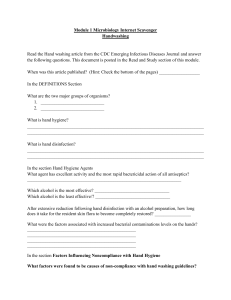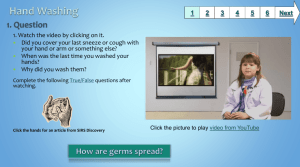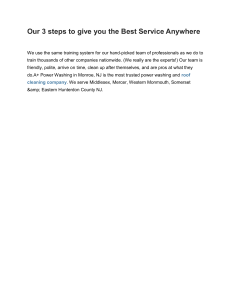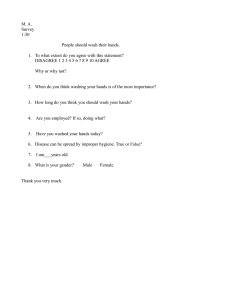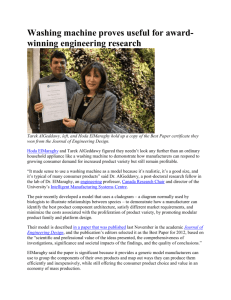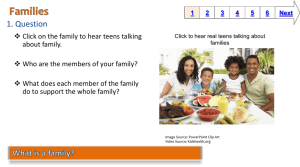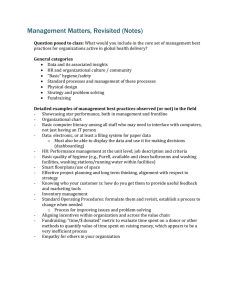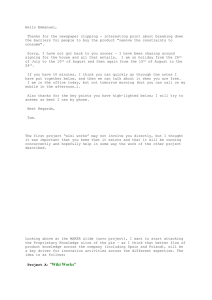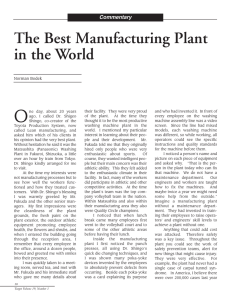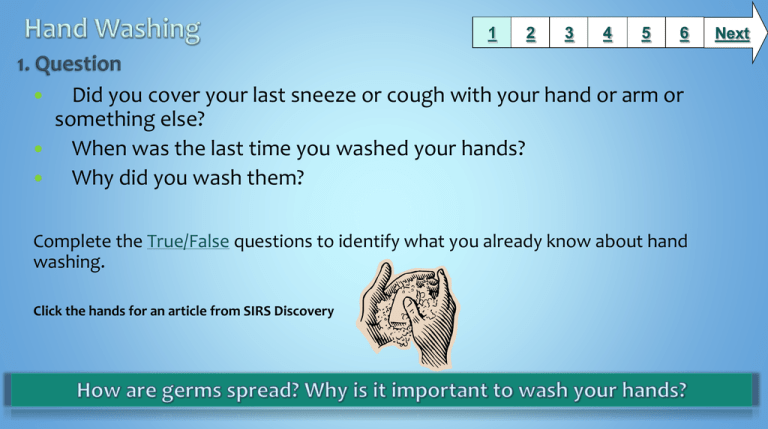
1
2
3
4
5
6
Did you cover your last sneeze or cough with your hand or arm or
something else?
When was the last time you washed your hands?
Why did you wash them?
Complete the True/False questions to identify what you already know about hand
washing.
Click the hands for an article from SIRS Discovery
Next
1
Click
2
3
4
5
6
to watch a video.
The sneezing boy wants you to read important
information from Kids Health about hand
washing.
Use your new knowledge to correctly complete the hand
washing quiz by clicking on the bubbles.
Next
1
Meet The Scrub Club
Click on the soap to sequence
the steps for properly
washing your hands.
2
3
4
5
and watch
WebisodeOne
6
Next
1
You will now answer two questions on
when you should wash your hands and
why.
Think about all you viewed today through
out the lesson.
Remember to include your name on the
document and send the document to the
printer.
Questions
2
3
4
5
6
Next
Be sure to check out the
next slide for some fun
extension activities!
1
Draw About It!
Hand Washing Game
Meet Gel-Mo by reading
his story here.
Scrub Club Games
2
3
4
5
6
Next
1
BCPS Curriculum
Health Education – Middle School, Special Needs
Hygiene Unit 2 – Lesson 3
OBJECTIVES
Students will be able to demonstrate proper hand washing techniques and play an interactive game in order to describe
the importance of healthy personal hygiene habits
Maryland State Curriculum
Standard 3.0. Personal and Consumer Health
Students will demonstrate the ability to use consumer knowledge, skills, and strategies to develop sound personal health
practices
involving the use of health care products, services, and community resources.
TOPIC B. HYGIENE
INDICATOR 3.8.A.1. Access and evaluate health-enhancing behaviors and reduce health risks to live safer, healthier lives.
Common Core State Standards
Reading: 1. Read closely to determine what the text says explicitly and to make logical inferences from it; cite specific
textual evidence when writing or speaking to support conclusions drawn from the text.
Writing: 7. Conduct short as well as more sustained research projects based on focused questions, demonstrating
understanding of the subject under investigation.
2
3
4
5
6
Time Frame:
1-2 50 minute class period(s)
Differentiation:
Direct students to use comprehension tools
included in databases, such as: audio read-aloud
and embedded dictionaries.
Create a voice thread with the questions from the
true/false document and the hand washing quiz.
Allow students to record their answers.
Learning Styles:
Audio
Visual
Standards for the 21st Century Learner
1.1.6 Read, view, and listen for information presented in any format (e.g. textual, visual, media, digital) in order to make
inferences and gather meaning.
2.1.3 Use strategies to draw conclusions from information and apply knowledge to curricular areas, real-world situations,
and further investigations.
Maryland Technology Literacy Standards for Students
3.0 : Use a variety of technologies for learning and collaboration.
Notes to the teacher:
Students will need headphones
Show students how to send a document to the
printer.
Last update: July 2015 Created by Angela Sofinowski
BCPS Research Module or Slam Dunk Model, Copyright 2013, Baltimore County Public Schools, MD, all rights reserved. The models may be used for educational, non-profit school use
only. All other uses, transmissions, and duplications are prohibited unless permission is granted expressly. This lesson is based on Jamie McKenzie’s Slam Dunk Lesson module .

